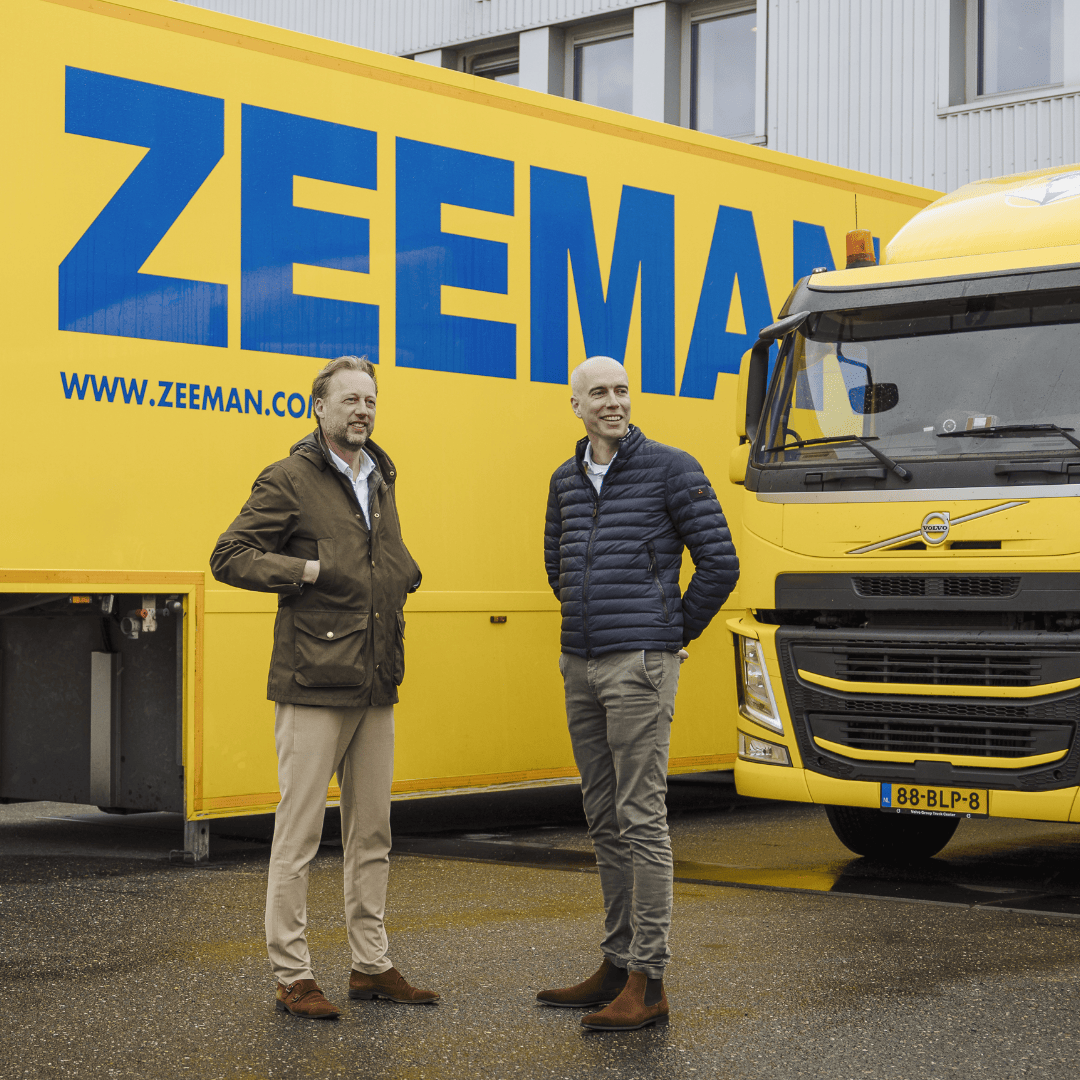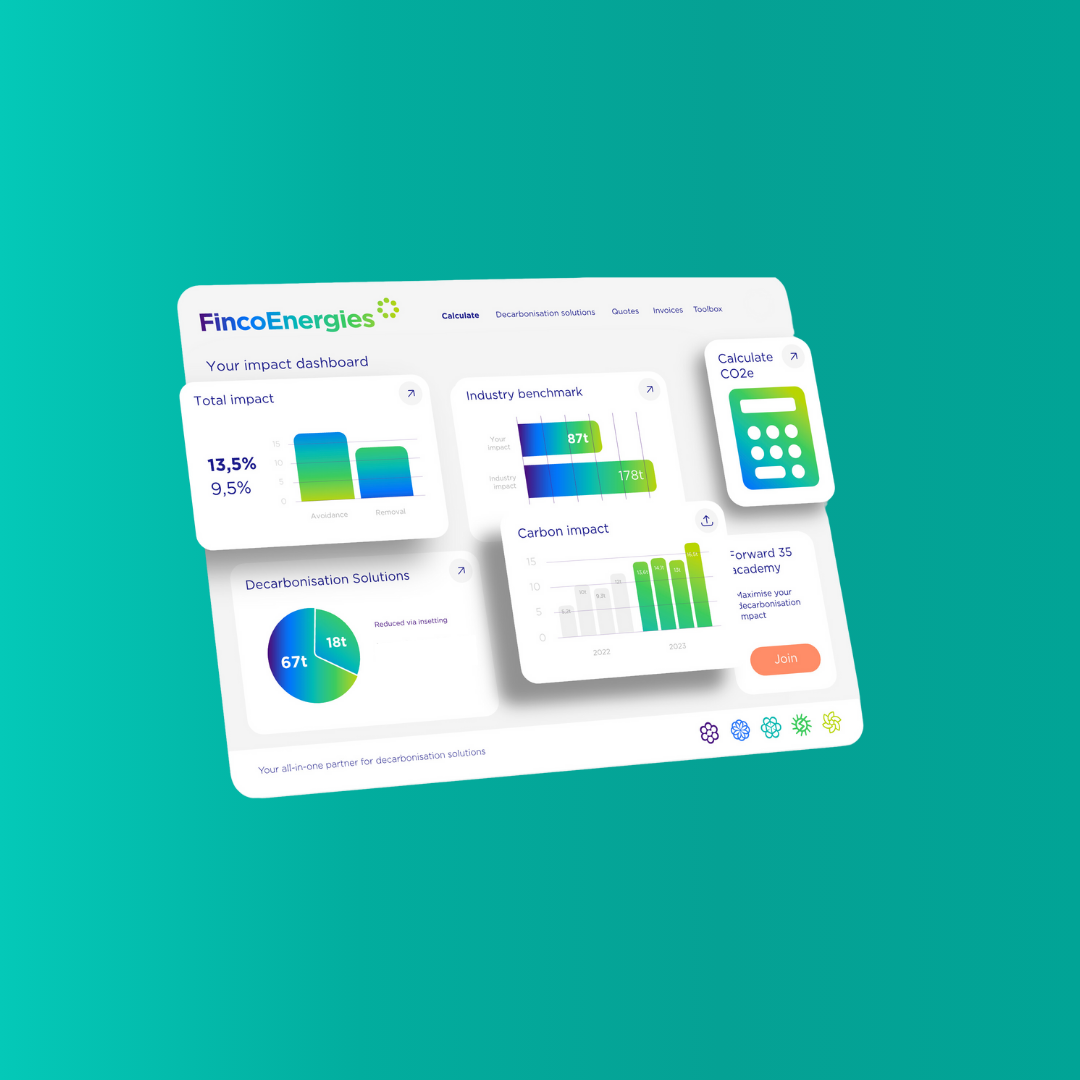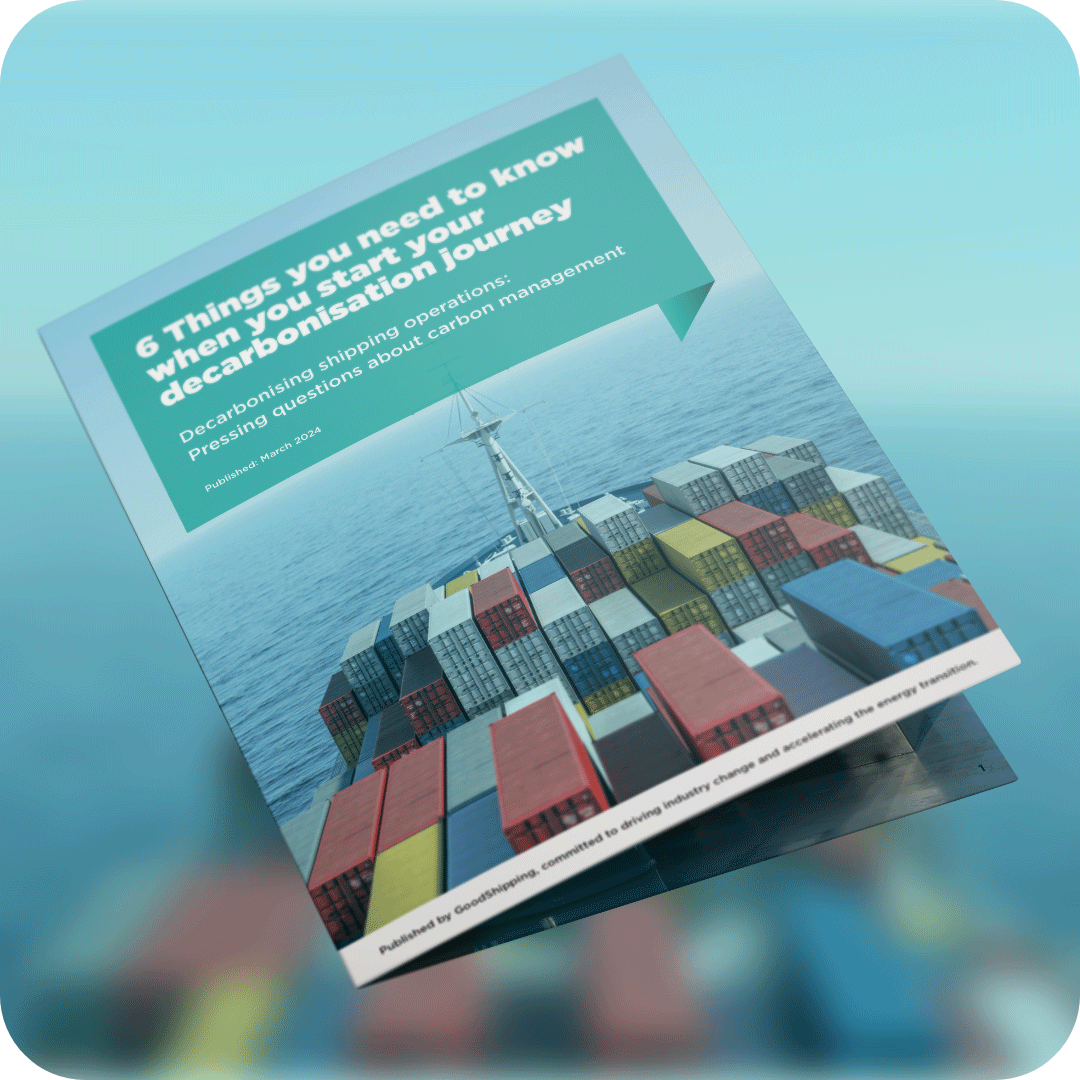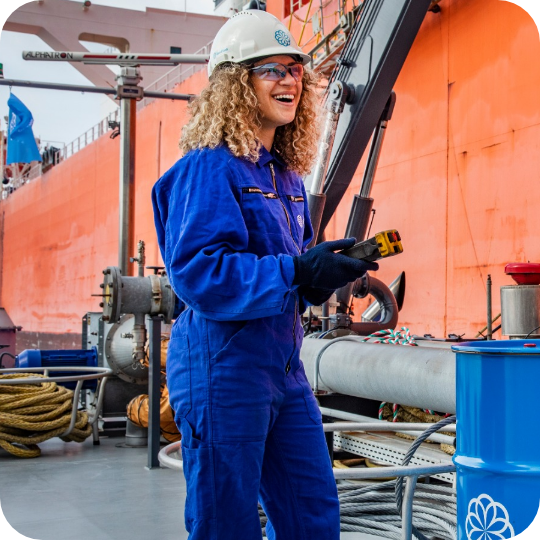Swift and seamless: How a fuel switch accelerates Zeeman's sustainability journey


“The fuel switch offered by GoodShipping makes our efforts tangible and actionable. This solution allows us to reduce emissions without altering our carrier network or agreements. It's a swift and seamless process, managed entirely for us.”
Zeeman, founded in 1967 in the Netherlands, is a discount retailer committed to slow fashion. With close to 1400 stores across Europe, this family-owned company prioritises sustainability as a core part of their original strategy. Join Arnoud van Vliet, Manager of CSR and Quality, and Bas Hoekstra, Director of Supply Chain, as they fill you in on Zeeman’s recent collaboration with the experts from GoodShipping, offering the company a straightforward, sustainable solution to effectively reduce their scope 3 emissions.
Initial steps in sustainability
Zeeman strives to deliver sustainable value while maintaining competitive prices, recognising the inherent tension between price, quality, and sustainability. Their sustainability journey began with efforts to enhance transparency in their supply chain, including mapping, raising awareness, and refining external reporting. Integration across departments was also pursued. To support sustainable growth, Zeeman established a dedicated CSR department with expert educators, ensuring direct reporting lines to the board, buying director, and CEO.
“One of our greatest challenges was establishing focus amidst the multitude of sustainability-related topics. We had to pinpoint our efforts based on the most significant risks within our business model. To address this, we concentrated our efforts within the sustainability teams, engaging both internal and external stakeholders. A key lesson learned is the importance of taking accumulative steps to ensure widespread alignment with our sustainability strategy throughout the organisation.”
Several sustainable initiatives were already underway at Zeeman. For instance, they utilise double-deck trailers closely connected to an inland terminal, powering one of their ships with electricity. Additionally, double deck trailers enable them to transport a larger volume of freight to their stores at a reduced cost. However, to progress further, they needed to explore options both upstream, focusing on sea freight lanes, and downstream, towards their stores. This is where the expertise of GoodShipping proved invaluable.
There’s a solution to (almost) every problem
As Zeeman sought ways to cut emissions in their sea freight operations, they encountered the challenge of navigating the multitude of available options. GoodShipping, with whom Zeeman had been in contact for some years, presented a promising solution. Recognising the carrier market's push for progress, GoodShipping suggested the insetting method, making it easier for sea freight companies to actively reduce CO2e emissions.
Carbon insetting in transportation facilitates a fuel switch with a sustainable solution. In simple terms, it means using low-carbon alternatives, such as marine biofuels, in a pre-selected carrier to reduce the CO2e emissions that would have been produced by a shipment if it had used fossil fuels.
It might sound complex, but it's quite straightforward. When employing this method, it's crucial to consider global emissions, not just those of the company using the fuel switch. The more companies adopt this approach, the greater the influx of renewable fuels into the global system, resulting in more CO2 savings overall.
“At Zeeman, we now invest in biofuel, which contributes to reducing a specific portion of emissions within the system. However, this doesn't guarantee that our own ships will use the biofuel; it could be another vessel entirely. It's crucial to assess the overall environmental impact comprehensively.”
Being a discount retailer, Zeeman is careful with its investments. The company embarked on a cautious journey to validate their concept, taking a step-by-step approach over three years. Together with the GoodShipping experts, they examined their entire sea freight footprint, breaking it down into manageable segments.
“GoodShipping’s fuel switch allowed us to take a significant first step in reducing our scope 3 emissions without disrupting our carrier network or modifying our ships. Essentially, it required minimal effort on our part, as everything was managed seamlessly in a couple of months. This enabled us to move swiftly, saving us valuable time. It was an opportunity we couldn't pass up.”
The next phase
Starting with the first pilot focused on their key shipping lanes – Bangladesh, Pakistan, and China – they aimed to decarbonise each one sequentially, expanding each year. Bangladesh has already undergone this process, and they are now progressing to the next phase, maintaining flexibility in port selection.
“In addition to these initiatives, we're also focusing on port consolidation, which involves loading multi-skew containers instead of single-skew ones. After successfully launching this strategy in Bangladesh, we're currently in the process of implementing it in Pakistan. This approach will help us maximise container fill rates and reduce overall handling costs.”
Van der Velden and Hoekstra highlight that Zeeman's most significant achievements in its sustainability journey include establishing transparency within the supply chain. This transparency has enabled them to reduce the environmental impact of production and distribution while also prioritising safe labour conditions.
Helpful advice
Navigating a large company like Zeeman toward sustainability can be challenging and time-consuming. However, Hoekstra and Van der Velden have discovered that working with GoodShipping's insetting solution is surprisingly straightforward. Their advice to other companies is to pursue multiple initiatives simultaneously. They acknowledge that technological advancements and evolving legislation can pose uncertainties. Anticipating future developments can be challenging, but it's essential for progress.
"In our environment, we're surrounded by various new technologies, some proven and some still in the testing phase, all emerging onto the market. It's challenging to determine which ones to prioritise. Legislation is continually evolving, adding to the complexity. This dynamic environment compels us to adopt a strategy of pursuing multiple initiatives simultaneously."
According to Hoekstra and Van der Velden, Zeeman's commitment to a sustainable future is evident in its multifaceted approach. Sustainability is deeply ingrained in the company's DNA and ethos. Zeeman is not only socially conscious but also actively engages in various social initiatives, such as fair wages in factories and maintaining a 14-day payment term for suppliers. This unique approach extends throughout the entire supply chain, stimulating strong partnerships and networks with stakeholders.
“In our quest for greater transparency in our supply chain and reducing our emissions, we partnered with the professionals from GoodShipping. They provided us with a remarkably swift and straightforward solution. By handling the process entirely, they gave us more time to focus on additional sustainable initiatives we aspire to undertake, while also empowering us to make significant environmental impact.”
-1080x1080.png)
Starting your decarbonisation journey
Download your free whitepaper
Learn 6 key things you need to know when you start your decarbonisation journey. From measuring and tracking your GHG emissions to effectively communicating your progress to the relevant stakeholders.









